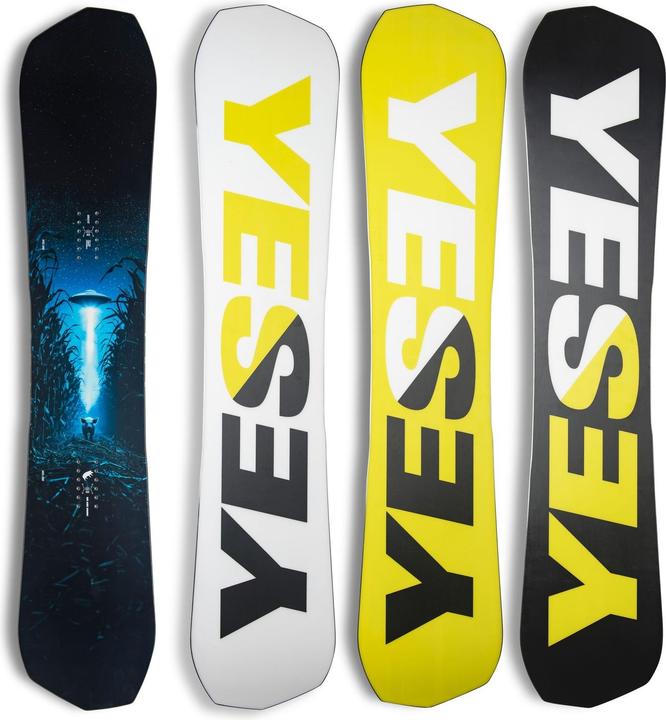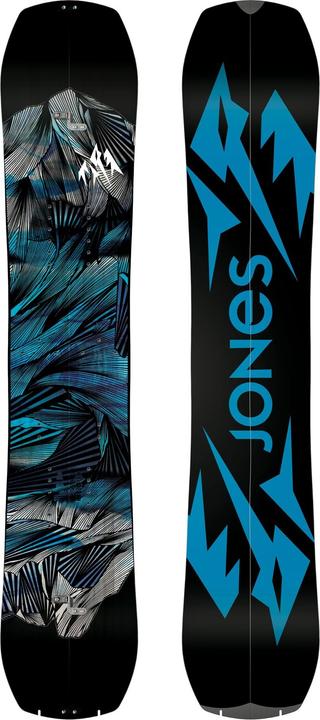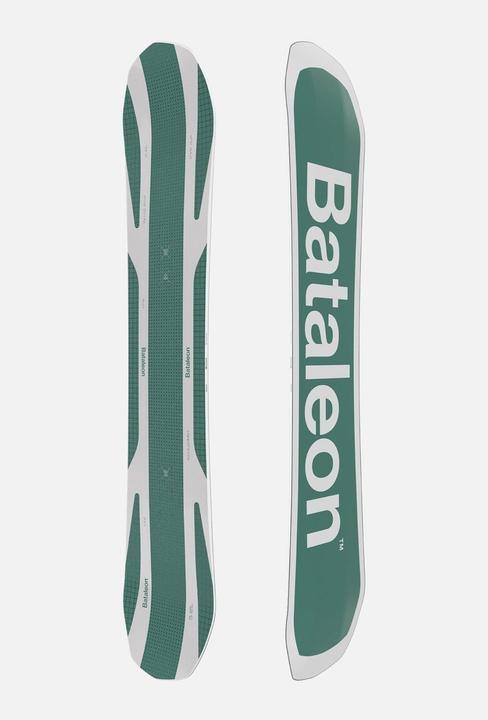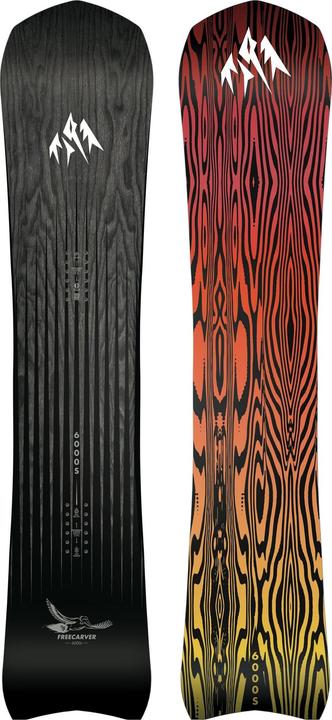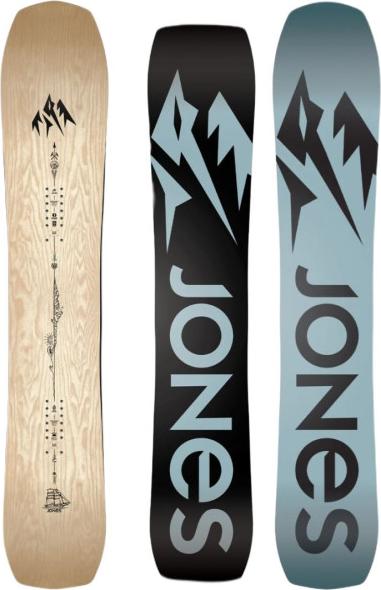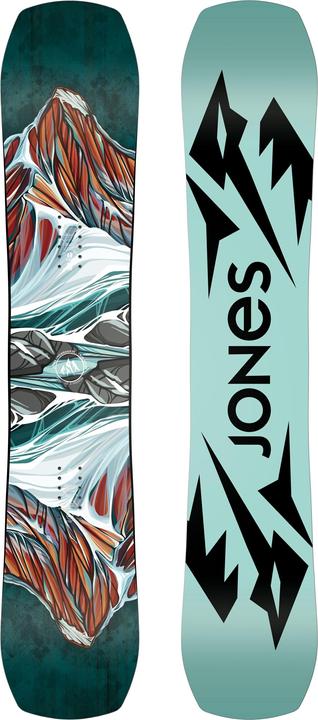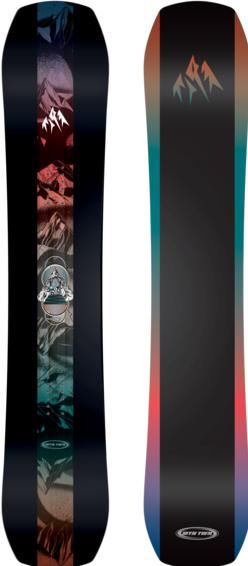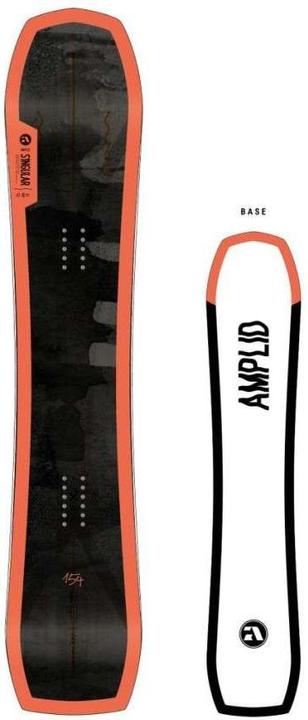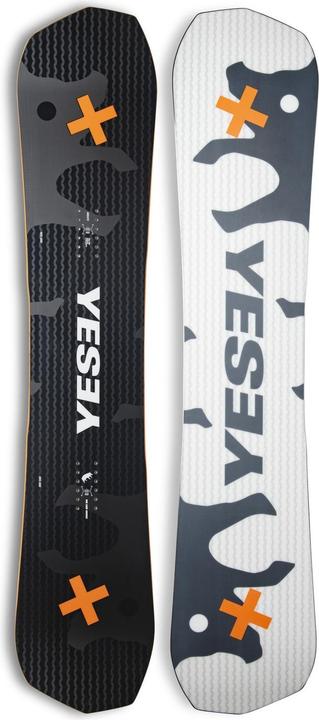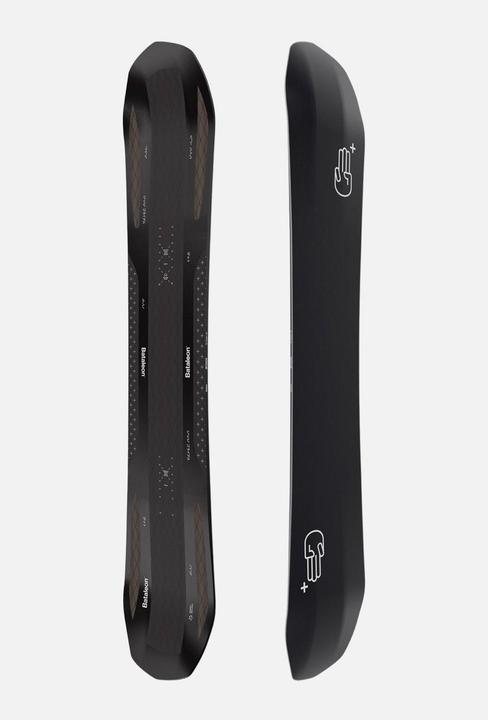
Too Many Snowboards? How to Find the Right One
Here are five key factors to consider when choosing the perfect snowboard for your needs.
Last updated 2 days ago. Automatically generated content.


Select options and limit the number of products
Snowboard type refers to the board's intended style of riding and terrain, which shapes its design and performance. Choosing the right type is key for comfort, control, and getting the most out of your snowboarding experience, whether you're a beginner or an expert.
Popular options (you can select more than one)
All Mountain Snowboard
Typical price
370.– to 570.–Designed to handle a variety of conditions and terrain, including groomed runs, powder, and park features.
A versatile choice suitable for most riders and skill levels, ideal for those who want one board for everything.
Bestseller
Freeride snowboard
Typical price
340.– to 610.–Built for off-piste terrain, deep powder, and challenging slopes, often with a stiffer flex and directional shape.
Best for riders who prefer exploring the backcountry or seeking maximum performance in natural snow conditions.
Bestseller
Freestyle Snowboard
Typical price
300.– to 610.–Lightweight and flexible, designed for tricks, jumps, and terrain park features with a twin-tip shape for riding switch.
Ideal for those who spend most of their time in the park or want a playful board for spins and maneuvers.
Bestseller
Split board
Typical price
680.– to 1100.–Splits into two skis for uphill touring and reattaches for snowboarding downhill, commonly used in backcountry exploration.
Allows access to remote, ungroomed terrain without the need for lifts, perfect for experienced riders seeking adventure.
Bestseller
Level indicates the rider's experience and skill, which helps determine the most suitable snowboard type and design. Choosing the right level ensures better control, safety, and enjoyment on the slopes, matching the board's features to your abilities and goals.
Popular options (you can select more than one)
Beginner
Typical price
240.– to 570.–Beginner boards are typically softer and more forgiving, making it easier to maintain balance and control.
Ideal for those just starting out, these boards help build confidence and reduce the chance of falls during early learning.
Bestseller
Advanced
Typical price
420.– to 640.–Advanced boards offer a balance of stability, speed, and responsiveness to match growing skills.
Great for riders who want to progress on steeper terrain or try tricks, these boards support more dynamic riding styles.
Bestseller
Expert
Typical price
520.– to 800.–Expert boards are stiffer, highly responsive, and designed for maximum performance in demanding conditions.
Best for experienced riders tackling challenging runs, deep powder, or high-speed descents who want precision and control.
Bestseller
Camber refers to the profile or shape of the snowboard when viewed from the side, affecting how the board contacts the snow. This factor is important because it influences edge grip, stability, and how the board handles in different conditions, helping riders match the board to their style and terrain preferences.
Popular options (you can select more than one)
Camber
Typical price
440.– to 680.–Features a traditional arch shape with the center raised off the snow and contact points near the tip and tail.
Offers precise edge control and strong pop, making it ideal for carving and aggressive riding on groomed runs.
Bestseller
Rocker
Typical price
210.– to 520.–Has a reverse camber shape where the center is lower and the tips rise off the snow.
Provides easier turn initiation and better float in powder, making it suitable for beginners and deep snow conditions.
Bestseller
Hybrid Camber
Typical price
300.– to 710.–Combines camber underfoot with rocker at the tip and tail for a blend of both profiles.
Delivers stability and pop while maintaining forgiveness and versatility for all-mountain riding.
Bestseller
Hybrid Rocker
Typical price
240.– to 490.–Blends rocker between the feet with camber at the contact points near the tip and tail.
Balances easy maneuverability and float with added edge hold, making it a good choice for mixed terrain and playful riding.
Bestseller
Shape refers to the snowboard's outline and symmetry, which affects how the board handles different terrain and riding styles. Choosing the right shape is important for comfort, control, and maximizing performance, whether you're focused on speed, tricks, powder, or all-mountain riding.
Popular options (you can select more than one)
Twin tip
Typical price
230.– to 460.–Symmetrical shape with identical nose and tail, allowing for easy switch riding.
Best for freestyle and park riders who want balance and control for tricks and jumps.
Bestseller
Directional, Twin Tip
Typical price
300.– to 750.–Combines directional shape with some twin tip characteristics for versatile performance.
Great for riders who want to mix all-mountain cruising with occasional freestyle moves.
Bestseller
Tapered
Typical price
370.– to 640.–Wider nose and narrower tail for improved float and easier turns in deep snow.
Recommended for powder and backcountry riders prioritizing maneuverability and control off-piste.
Bestseller
The snowboard brand you choose shapes your experience on the slopes, impacting board quality, durability, and riding style. Well-known brands like Jones, Nidecker, and Yes each have their own strengths, from backcountry innovation to all-mountain versatility, helping you match your board to your personal needs.
Popular brands (you can select more than one)
Jones
Renowned for premium freeride and splitboards designed for backcountry exploration.
Ideal for riders who prioritize sustainability, performance, and advanced mountain terrain.
Bestseller

